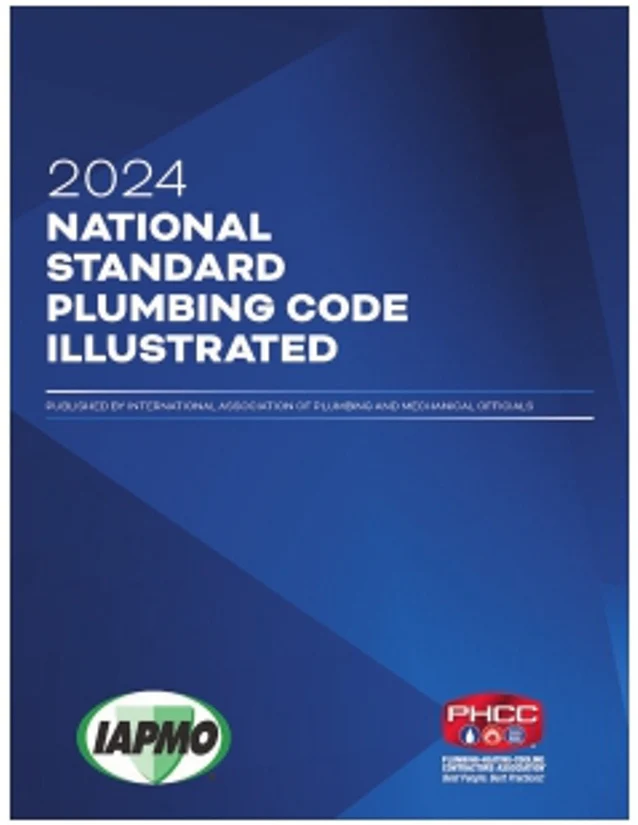Training in a post-pandemic world
Ongoing training is required to prevent lost profits and customers.

Over the past 10 years, I’ve had the privilege of training several thousand tradespeople a year in the areas of communication, technical expansion and buying habits of consumers today. Then all of a sudden, pow! The global pandemic known as COVID-19 hit, and the brakes were applied across the board.
At this point in time, companies around the country have simply halted work and training completely. Sadly, many will never reopen. Others have taken the mandatory slowdowns that were and are in place and used this time to increase training through new virtual training systems, and are now recovering on a seemingly faster pace than others.
So, what is right and wrong when it comes to post-pandemic training?
I believe the right was answered long ago with the example of the desert: "If you were driving through a long desert and halfway, you saw a gas station coming up, so you checked your gauge to see your levels and realized that you had about half a tank left, would it be smart to keep on driving to save time or would it be a good time to refill?
So many times, companies skip training when it’s not convenient, thinking there will be a better time later, but the reality of that is there will never be a better time than now. If you wait too long, the regression of knowledge will set in, and you will start losing profits and customers due to the simple fact that your team has forgotten information needed from lack of training.
With the current issues going on, the skilled trades industries have such a huge opportunity to rise higher and more respected than ever before, but serious ongoing training will be required on multiple levels.
1. Skillset training
Technical, how-to training is something that gets replaced by sales training all too often. This creates a huge liability for companies today.
Technical training should include weekly classes on skillsets and practices needed for all aspects of your trade. They don't always need to be long. Just 15 minutes a week makes a difference. Focus on the top 10 issues you see on a running basis.
This is a great time to train on safety gear protocol as well, such as when and how to wear gloves, face masks, face shields, etc, and also what chemicals to use in which situation. For example, disinfecting for COVID-19 and other viruses and germs.
2. Communication training
Along with your weekly training, you should spend some time each week focusing on communicating with clarity to your customers on the phone and in person. This helps set a reasonable expectation that with quality skill sets, you can exceed time and time again.
3. Process implementation
Building a truly process-driven company allows us to scale at a rapid rate with less chaos. No matter how big your company grows though, you will never outgrow the need to train in every category.
Okay, so what’s the best platform to train on, then? Do we train in person or virtually? Virtual training platforms like Zoom and many others have allowed so many of us to train over great distances for many years without the wasted time and expense of travel. However, it is very evident that it is more difficult for many individuals to stay focused and engaged during virtual training.
At The New Flat Rate training center in North Georgia, we found that participation goes up when quality audio and visual system are use. Having a big screen TV helps, too.
Is virtual worth it, then? Yes — this is a great resource for those short touchpoint meetings that you need to be having every day! And if you need to do longer ones, just make sure to have an engaging speaker and take lots of breaks.
So what about live classroom style? Can we still do this? Allowing fear to keep your team divided is a recipe for disaster. Close-quarter training has yet to have a true equal, but you must help your team to feel like their safety matters. Increasing the space between participants is not a bad idea. Instead of trying to squeeze four to a table, maybe limit to two or three. Or even try meeting outside or in the warehouse.
Installing air purification systems in your training center is also a good idea, not to mention the obvious such as hand sanitizers, tissues and other disinfecting practices. All in all, just don't be afraid to train because of COVID-19 and the fear that's been released into our world.
At the end of the day, it really comes down to "train to succeed, or don't and fail.” But has the choice really ever been different?
Looking for a reprint of this article?
From high-res PDFs to custom plaques, order your copy today!








